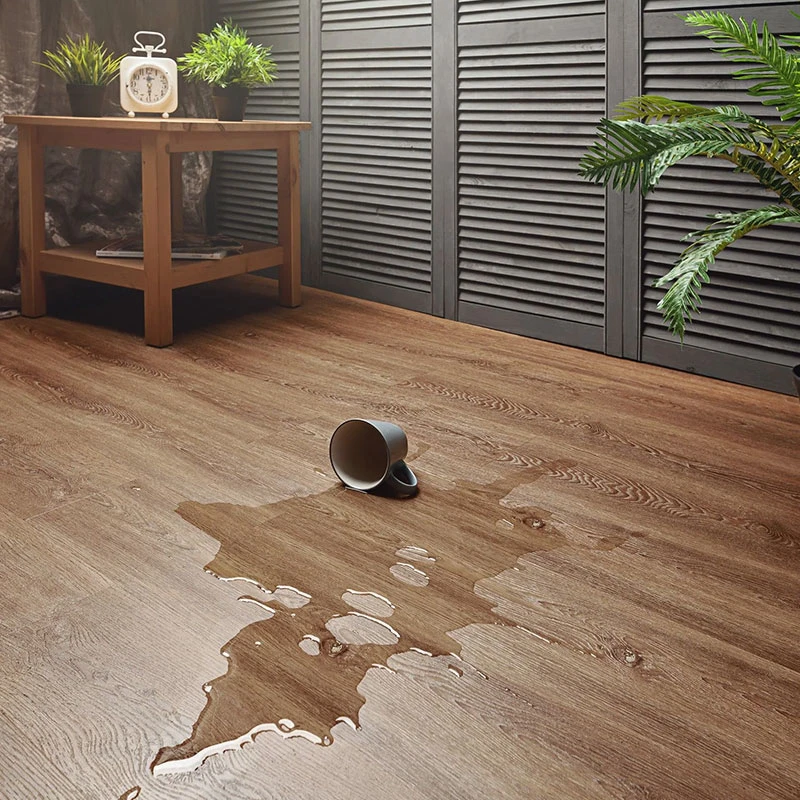Choosing the Right Door Skirting for Your Home Interior Decor
Understanding Door Skirting A Key Element in Interior Design
When it comes to interior design, every detail matters, and one such detail that often goes unnoticed is the door skirting. Door skirting, also known as door trim, serves both functional and aesthetic purposes, making it an essential component of any well-designed space.
What is Door Skirting?
Door skirting refers to the trim or molding that is applied at the bottom of a door frame. This small but significant addition works to enhance the overall look of the door while also performing practical functions. Typically made from wood, plastic, or composite materials, door skirting comes in various styles, colors, and sizes, allowing homeowners and designers to choose pieces that perfectly complement their interior decor.
Aesthetic Appeal
One of the primary purposes of door skirting is to enhance the visual appeal of a room. It acts as a transition between the floor and the door, providing a polished finish that can elevate the overall atmosphere of a space. The design of door skirting can range from simple and minimalist to ornate and highly detailed, depending on the desired look. For example, homes with a contemporary design may benefit from sleek, flat skirting, while traditional designs often feature intricate patterns and curves.
In addition to this, the color of the door skirting can set the tone for a room. Darker skirting can create a dramatic effect, whereas lighter colors can make spaces feel more open and airy. Choosing the right skirting can significantly impact the room’s aesthetics, tying together various elements of design.
door skirting

Functional Benefits
Beyond aesthetics, door skirting serves several functional purposes. One of its primary roles is to cover the gap between the bottom of the door and the floor. This gap can be prone to moisture, dust, and drafts, which can affect the room’s insulation and cleanliness. Skirting effectively seals this gap, contributing to a more energy-efficient and comfortable indoor environment.
Furthermore, door skirting also protects walls and door frames from damage. When moving furniture or during everyday use, it can act as a buffer, preventing scuffs and scratches that could mar the wall paint or the finish of the door. This durability is especially beneficial in high-traffic areas where wear and tear are common.
Installation and Maintenance
Installing door skirting can be a straightforward DIY task, but it’s essential to ensure precise measurements for a seamless fit. Many homeowners opt to hire professionals for installation, especially for intricate designs that require a higher skill level. Once installed, maintaining door skirting is typically easy—regular dusting and occasional touch-ups with paint or wood stain can keep it looking fresh and new.
Conclusion
In summary, door skirting is a subtle yet impactful element of interior design that combines both beauty and functionality. It enhances the visual appeal of doors, protects against wear and tear, and fills practical needs within a home. As you consider your next interior design project, don’t overlook the importance of door skirting—it can truly transform the look and feel of your space. Whether you’re renovating your home or simply looking to spruce things up, investing in quality door skirting can make all the difference.
-
SPC FlooringJun.24,2025
-
Bathroom Wall CoveringsJun.24,2025
-
Why Dry Back LVT Flooring Is the Smart Choice for Modern InteriorsJun.05,2025
-
Transform Your Interiors with Elegant Luxury Vinyl Flooring OptionsJun.05,2025
-
The Rise of SPC Vinyl Flooring: A Modern Solution for Durable and Stylish SpacesJun.05,2025
-
Click LVT Flooring: The Perfect Blend of Style, Strength, and SimplicityJun.05,2025




